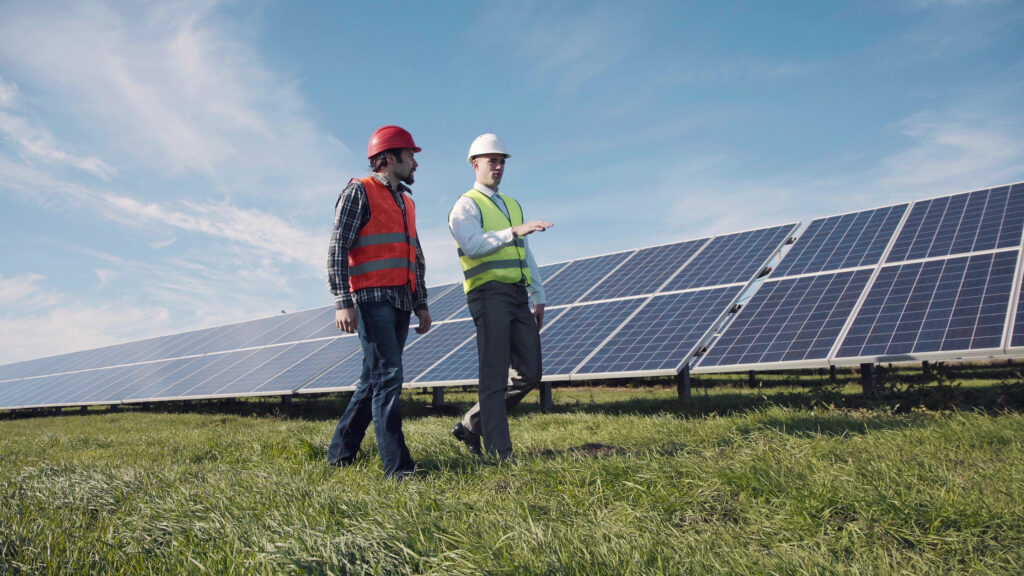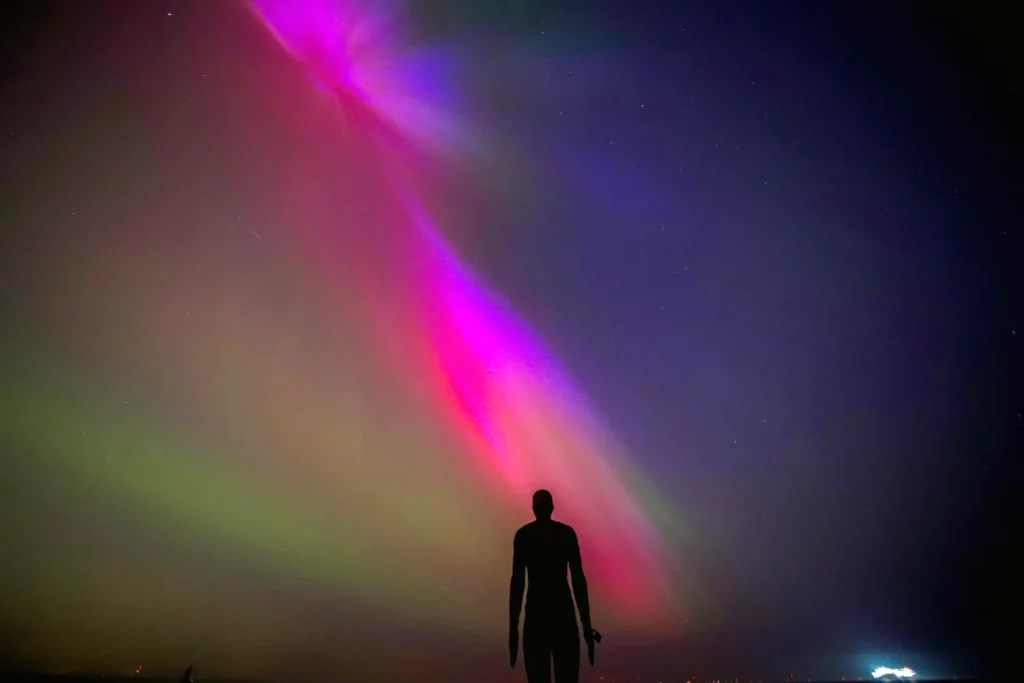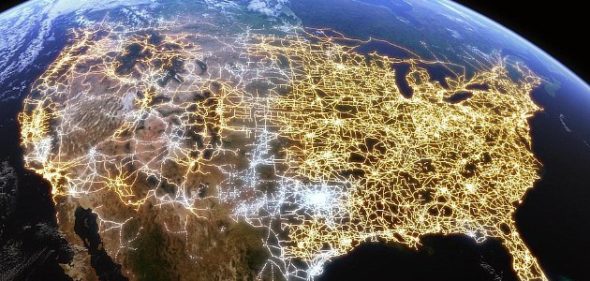This YouTube video explains the science behind solar flares, how they are formed, and their potential impacts on Earth. It discusses how these powerful bursts of energy can affect satellites, disrupt communication systems, and lead to beautiful auroras. The video emphasizes the importance of monitoring space weather to better prepare for the effects of major solar events.
-
NASA Observes Unusual Solar Activity During Expected Sunspot Peak
In 2013, NASA scientists observed unexpected solar behavior during a period anticipated to be the peak of the sunspot cycle. Contrary to predictions, the Sun exhibited a lower number of sunspots and reduced solar activity. This anomaly prompted researchers to investigate potential causes and implications, considering factors such as the Sun’s magnetic field dynamics and possible impacts on Earth’s climate and space weather forecasting. The observations highlighted the complexities of solar cycles and the need for continuous monitoring to understand the Sun’s behavior fully.

-
UK Engineers Urge Preparedness for Solar Superstorms
The Royal Academy of Engineering has called on the UK government to develop a national strategy to address the potential impacts of solar superstorms on critical infrastructure. Such events, caused by intense solar activity, can disrupt electricity grids, satellites, GPS, and communication networks. The report recommends establishing a UK Space Weather Board to formulate preparedness plans, emphasizing that while these storms are not cataclysmic, proactive measures are essential to mitigate their effects.

-
Understanding the Impact of Solar Storms on Earth’s Technology
This video explores the science behind solar storms and their potential effects on Earth, including disruptions to power grids, satellite communications, and navigation systems. It highlights historical events such as the Carrington Event of 1859 and discusses how modern technology increases society’s vulnerability to severe space weather. The video emphasizes the importance of preparedness and advancements in space weather monitoring to mitigate potential impacts.
-
Solar Storms Could Disrupt Power Grids and Communications
The article discusses the potential threats posed by solar superstorms to Earth’s technological infrastructure. Such events can disrupt communications satellites, cause power surges in national grids, and interfere with navigation aids and aircraft avionics. The report emphasizes the importance of preparedness and the development of mitigation strategies to protect critical systems from the impacts of severe space weather.

-
The Solar Storm of a Lifetime
The article discusses the potential catastrophic impacts of a massive solar storm, similar to the 1859 Carrington Event, on modern technological infrastructure. It highlights how such an event could cause widespread electrical disruptions, damage to satellites, and significant economic losses, emphasizing the importance of preparedness and mitigation strategies to protect against future solar storms.

-
Developing Threats: Electro-Magnetic Pulses (EMP)
The UK House of Commons Defence Committee’s report examines the potential threats posed by electromagnetic pulses (EMP), both from natural phenomena like solar storms and man-made sources such as high-altitude nuclear detonations. It highlights the vulnerability of critical infrastructures, including power grids and communication networks, to EMP events. The report emphasizes the importance of enhancing resilience through improved forecasting, infrastructure hardening, and comprehensive emergency preparedness to mitigate the potential societal and economic impacts of such events.

Source: https://publications.parliament.uk/pa/cm201012/cmselect/cmdfence/1552/1552.pdf
-
Solar Flares Approaching Earth: Potential Impacts and Preparedness
This article discusses the potential threats posed by solar flares, particularly coronal mass ejections (CMEs), as the Sun approaches the peak of its 11-year activity cycle. It highlights concerns from scientists about the possible impacts on Earth’s magnetic field, which could lead to bright auroras and, more critically, significant disruptions to critical infrastructures. The article emphasizes the importance of preparedness and the potential consequences of a direct hit from a substantial solar flare.

-
Solar Weather and Geomagnetic Storms: A Threat to the Re/Insurance Industry
Aon Benfield’s report, “Geomagnetic Storms,” highlights the significant risks that severe space weather events pose to modern infrastructure, including electrical power distribution, telecommunications, and satellite navigation systems. The report emphasizes that while the probability of such events is low, their potential impact is substantial, with economic costs of a major geomagnetic storm in the U.S. alone estimated at up to $2 trillion for the first year, with recovery spanning up to a decade. The insurance industry is urged to develop comprehensive risk management strategies and consider the implications for policy coverage and pricing to mitigate the effects of these low-probability, high-consequence events.

-
Preparing for Solar Storms: Enhancing Space Weather Monitoring and Response
As the Sun approaches its solar maximum, the peak of its 11-year activity cycle, concerns rise about the potential impact of solar storms on Earth’s technological infrastructure, including satellites and power grids. Despite predictions of a relatively weak upcoming solar max, the aging fleet of space weather monitoring satellites, such as SOHO and ACE, underscores the need for updated observational capabilities. The Deep Space Climate Observatory (DSCOVR) satellite, originally proposed in 1998 as “Triana,” has been repurposed to provide critical solar wind measurements from the L1 Lagrange point. However, experts emphasize that beyond monitoring, a comprehensive national response plan is essential to effectively mitigate the risks posed by severe space weather events.
